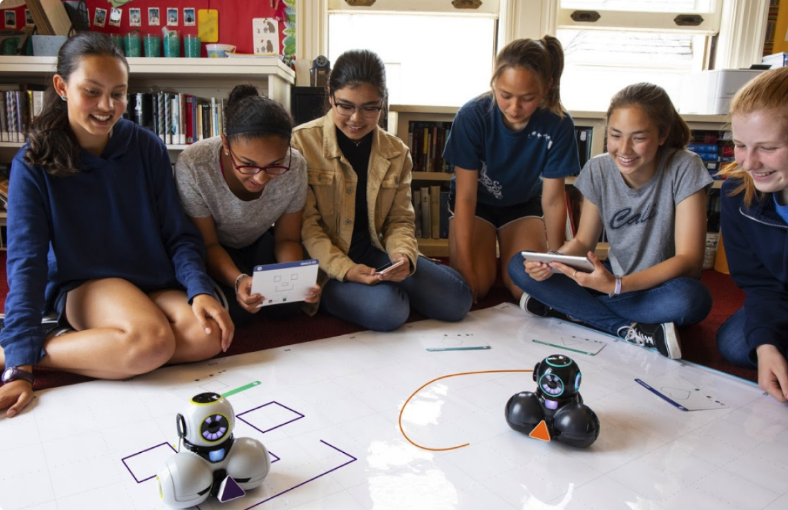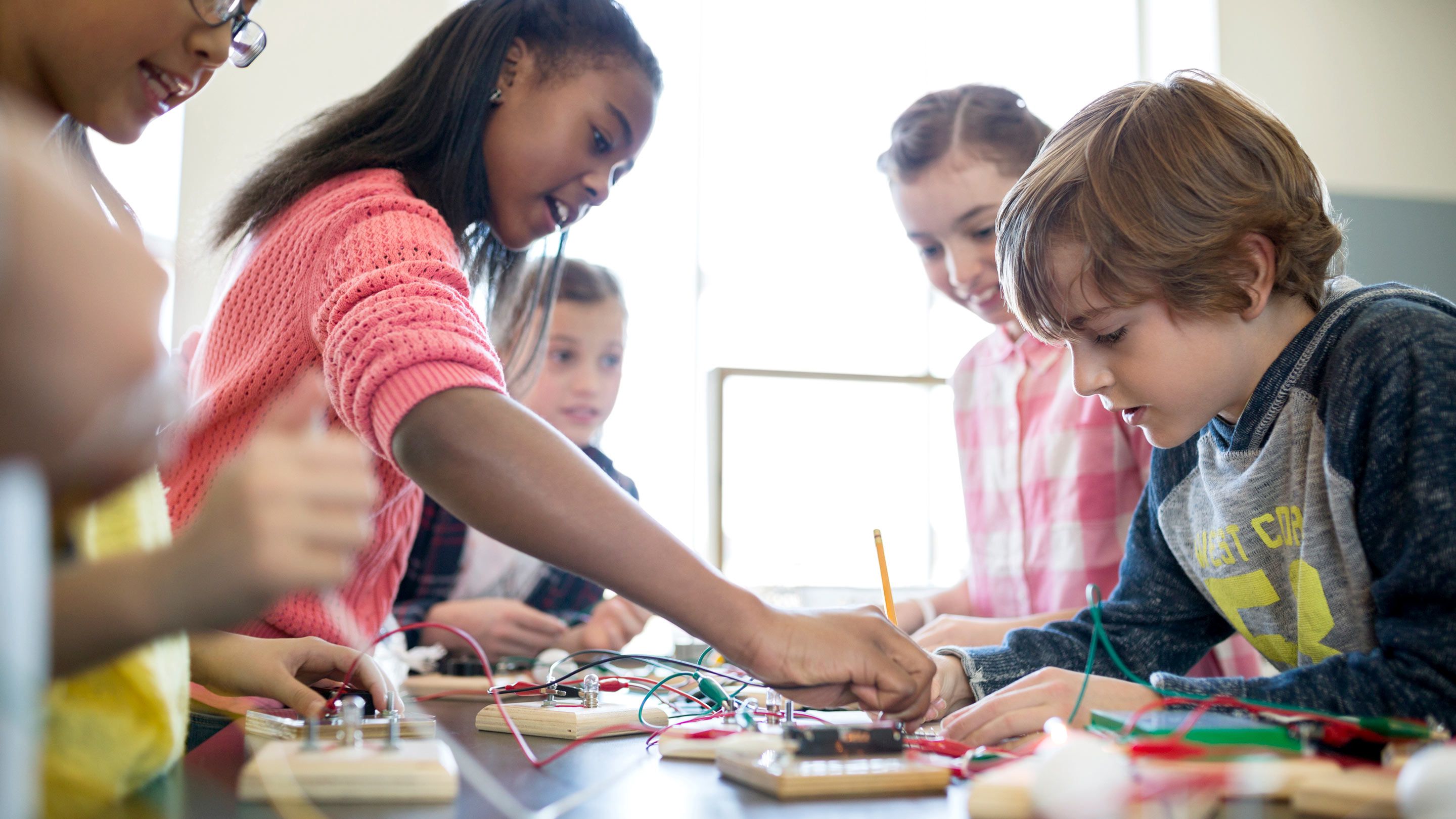If you’re a new STEM teacher you may be wondering: “What should my STEM class look like? What should my students be doing?” If you’re a veteran STEM teacher perhaps you are asking yourself: “How are my STEM classes coming along? What does an action-packed STEM class look like?”

Take a look at 11 things that may be going on in class during a STEM project. Keep in mind that all of these things won’t be happening at the same time. Over the course of the STEM project, however, here’s a sampling of things you should notice. And if you see these activities underway . . . Newsflash! You might have a STEM classroom!
By ANNE JOLLY
Indicators of an Engaging STEM Classroom:
1. The kids are awake in this class. STEM classes feature student-centered activities that interest students. They aren’t likely to get sleepy when they’re involved in a project-based lesson that asks them to solve a real-world problem. They are up and moving as they gather materials, plan, construct, and test prototypes.
2. Noise is welcomed and normal. Kids are busy throwing out ideas for solving the problem. They’re discussing and challenging each other’s ideas. They communicate with fellow team members as they figure out how to design a solution for the challenge.
3. Kids are working successfully in teams. STEM kids don’t sit in straight rows and listen, they work together in small teams. They follow a set of teaming tips to build social skills and team successfully, and they regularly self-assess their teamwork.
4. Kids are in the driver’s seat in this project. They have control of their learning. STEM teams take responsibility for developing their own solutions for their engineering challenge. Kids are up and doing things – brainstorming, designing, creating, experimenting, and redoing. This is an action-packed class.
5. Adults are wandering around in STEM class. One might be a parent. Another could be an engineer from a local industry. (How important would that make your kids feel?) These adults have specific tasks and know ahead of time what their roles will be in the classroom. They act as a resource, and they observe, encourage, and ask questions to help kids figure out answers and solutions. The teacher also rotates to different teams of kids and provides guidance as needed.
6. Kids are using digital technology. They are researching information, entering data, and even illustrating results of their experiments on digital devices. They may be designing graphics for their prototypes, working on a project webpage, coding, and so on. And they may also be using non-digital technologies such as science equipment, math manipulatives, and other things created to meet learning needs.
7. Girls are as actively involved as boys. Girls rock in this STEM class! They come up with creative ideas, work well in teams, and stay engaged. Girls play leading roles in the STEM project. This STEM class is positioned to break traditional gender roles.
8. Kids can explain how they are using science and math. They see a purpose for the math and science they have studied this year as they use it in their STEM project. More importantly, they actually combine these subjects in order to solve the problem. No STEM learning in isolation!
9. The classroom is a Safe Zone. In STEM classes kids don’t get upset when their prototypes don’t work to solve the problem. Instead, they start redesigning to improve them. The teacher is positive and encouraging, and failure is not an issue. In fact, it’s the way they learn to make progress.
10. Kids mimic engineers. They purposefully use a way of thinking that engineers use to solve problems (an engineering design process). Students demonstrate curiosity, innovation, entrepreneurship, and creativity. A STEM engineering challenge has more than one possible solution, and different teams are taking different approaches.
11. Kids are effective communicators. They use a variety of approaches – art, drama, speech, etc. – to describe their challenge and justify their results and/or recommendations.
Which of these characteristics might be true about your STEM class? Which would you like to see emerge? Keep creating opportunities for success and safe environments for your STEM students and nurture a passion for STEM. They’ll learn to persevere and develop the growth mindset that’s so critical to success in STEM fields.

Want to discover more tools for an engaging STEM classroom?
Check our products page and start your STEM lessons with RobotLAB! and our learning Platform EngageK12!
This article is original from MiddleWeb: https://www.middleweb.com/40746/how-to-write-your-own-stem-elevator-speech/



